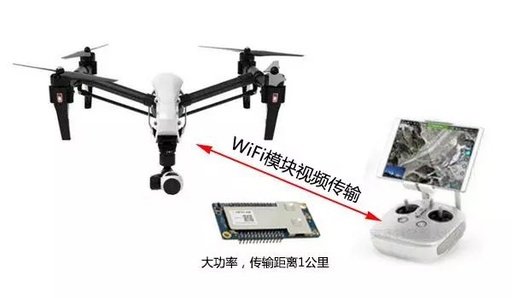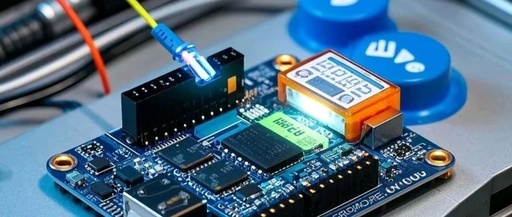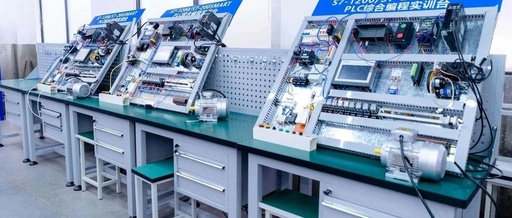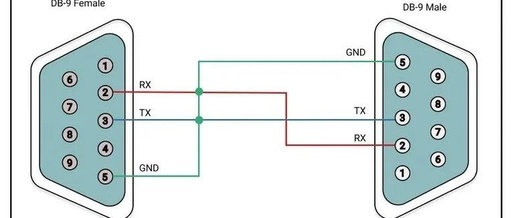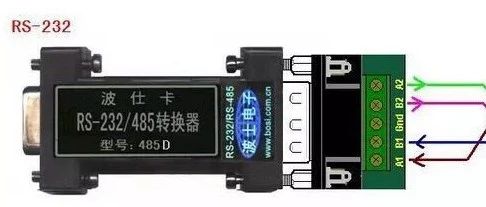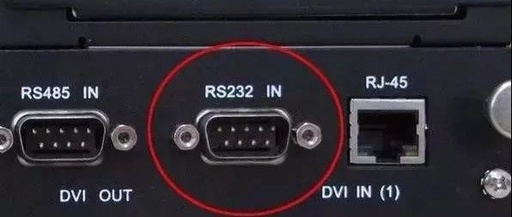Comparison of RS-232 and RS-485 Interfaces
Serial interfaces are primarily used for serial bit-by-bit data transmission, allowing for bidirectional communication with just a pair of transmission lines, which offers the advantages of simple communication lines and low costs. Nowadays, many serial data interfaces are used in specific fields, with common examples including I2C, CAN, LIN, SPI, Flex, MOST, and I2S. Of … Read more

